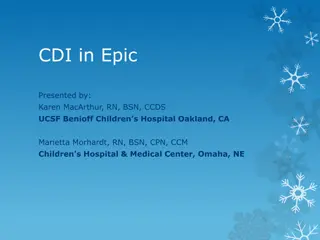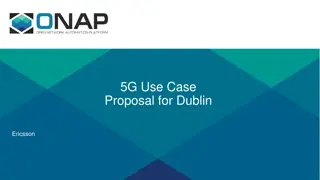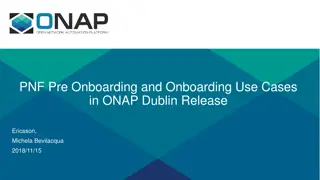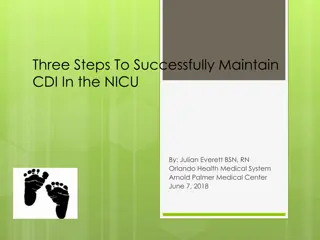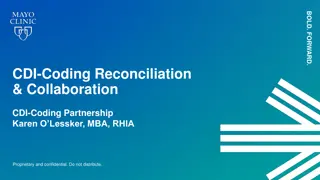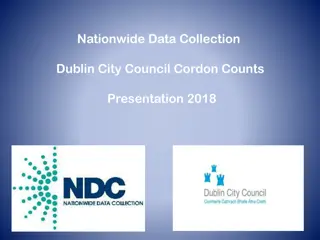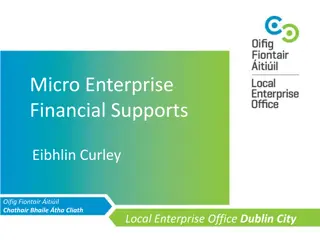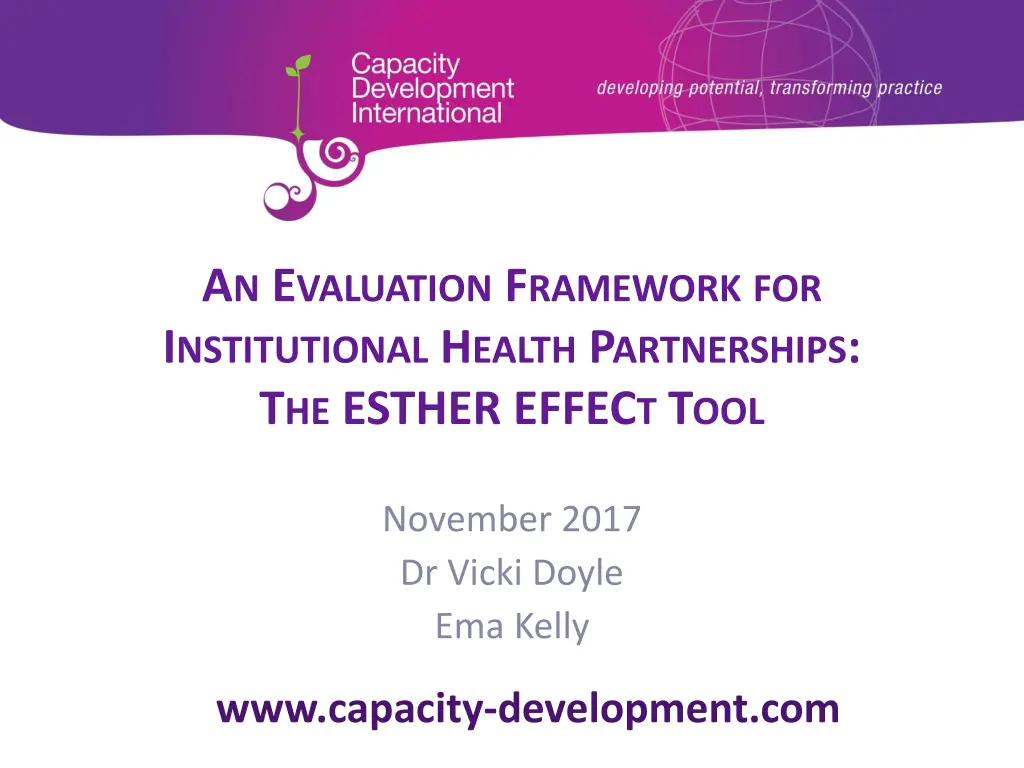
Evaluation Framework for Institutional Health Partnerships: The ESTHER Effect Tool Overview
Discover the ESTHER Effect Tool, an evaluation framework for assessing institutional health partnerships. Learn about its development, purpose, effectiveness, and its differentiation from project-based approaches. Explore the importance of introducing new measurement tools, evaluation domains, and the relationship with monitoring and evaluation practices to enhance partnership outcomes.
Download Presentation

Please find below an Image/Link to download the presentation.
The content on the website is provided AS IS for your information and personal use only. It may not be sold, licensed, or shared on other websites without obtaining consent from the author. If you encounter any issues during the download, it is possible that the publisher has removed the file from their server.
You are allowed to download the files provided on this website for personal or commercial use, subject to the condition that they are used lawfully. All files are the property of their respective owners.
The content on the website is provided AS IS for your information and personal use only. It may not be sold, licensed, or shared on other websites without obtaining consent from the author.
E N D
Presentation Transcript
AN EVALUATION FRAMEWORK FOR INSTITUTIONAL HEALTH PARTNERSHIPS: THE ESTHER EFFECT TOOL November 2017 Dr Vicki Doyle Ema Kelly www.capacity-development.com
Why develop the tool? How was it developed? What does it look like What does it do? 2
Do partnerships work? Funding? Do they add value to other forms of TA? Funding? Do benefits last? Funding? 3
Project vs partnership Short term nature of projects Long term commitments of partnerships Need more than quick win or short term evidence How do we distinguish those partnerships which bring about lasting change? 4
Why introduce yet another measurement tool? Assessment: help partnerships assess current practice how they embed change Evidence: capture whether the partnership approach has lasting benefit Learning: Build individual and institutional capacity to work towards best practice 5
Three tiers of evaluation Evaluation Domain Approach Effectiveness of partnership intervention Use project M&E tools (intervention specific indicators) Quality of partnership ESTHER quality of partnership charter Lasting benefits of partnership approach Developed ESTHER EFFECt Tool (uses content neutral indicators) 6
Relationship with M&E Complementary to routine project M&E Content neutral in terms of the specific technical intervention Aims to measure best practice in: Implementation Capacity Building Sustaining & embedding change It is generic 7
Pragmatism vs Scientific Rigour Comprehensive literature review Analysis of frameworks and indicators from published and grey literature (INGOs/donors): Capacity development Workforce development Institutional strengthening health systems strengthening Analysis of frameworks: applicability, feasibility, ease of use 8
What does the tool look like? Modular Implementation best practice Embedding change Curriculum development and use Reach of capacity building Capacity building best practice Whole institution strengthening Added benefits Institutional and individual level 10
Themes Curriculum reach Embedding Change Curriculum update Curriculum delivery Needs assessment Learning & teaching methods Implementation Absorptive capacity Critical mass Adaptation to context Networking and partnership Capacity to deliver Southern partner ownership Added Value Range of capacity development Staff motivation Team implementation Empowerment Evidence-base Activity planning Staff retention Teams Evaluation, learning Staff recruitment Application of learning Harmonisation Peer support Changes in practice Alignment Spread/scale up Feedback Dissemination Reverse innovation Access to equipment/materials Advocacy Personal professional skills Motivation Personal management and communication skills Systems thinking Resilience 12
Piloting Tool administered as online survey: 20-40 mins Seven partnerships France Norway Ireland UK Equal representation North and South Non-English first language speakers Diverse types of partnership 13
I was really motivated to complete the tool as I was learning from it I am not a global health expert but a clinician who works in global health I really began to start understanding how I might measure things the rubrics were really education when completing it. (Northern Partner) 14
This will help us focus on sustainability to really look at how much is being taken up by the local team and to really look at whether we are impacting on one area or the whole facility. We need to ensure that what we do is escalated. Using this as a self- assessment ........ it will help us focus on what we want to achieve. (Southern Partner) 15
Report Output: One partnership Needs assessment Identification of the need for the partnership initiative was made jointly, or solely by the southern partner/s, and their stakeholders. did not involve the southern partner/s or stakeholders. had limited consultation with the southern partner/s. was made jointly with the northern and southern partner. 1.01 Frequency 2 Absorptive capacity The staff in the southern institution(s) involved in the partnership initiative have sufficient time to participate, manage and embed activities as part of routine work within their institution find it difficult to make time for the activities of the partnership initiative. have sufficient time to participate and manage activities within the initiative. have sufficient time to participate in planned activities. 1.02 Frequency 1 1 been jointly developed by northern and southern partners to ensure adaptation to the southern partner/s context. The southern partner/s is responsible for continued adaptation to the changing local context. been jointly developed by northern and southern partners to ensure adaptation to the southern partner(s) context. Adaptation to context Design and delivery of the partnership initiative has not been adapted to the southern partner/s context. partially been adapted to the southern partner/s context. 1.03 16
Usefulness & Relevance Questions were seen as relevant, irrespective of technical project intervention Opportunity to discuss differences in perspective Independently assessed by both North & South Opportunity for shared learning Gave insights for working at advanced level Complementary to routine M&E Appreciated focus on sustainability 18
Conclusion Self Assessment Tool is acceptable, relevant and useful Available as a paper-based tool now Online self assessment tool early 2018 (www.esther.eu) Further research required for its use in evaluating a portfolio of partnerships 19
Thank you Vicki Doyle vdoyle@capacity-development.com Ema Kelly ekelly@capacity-development.com www.capacity-development.com 20




